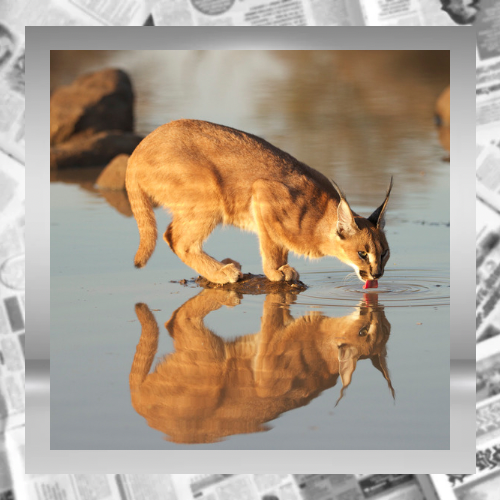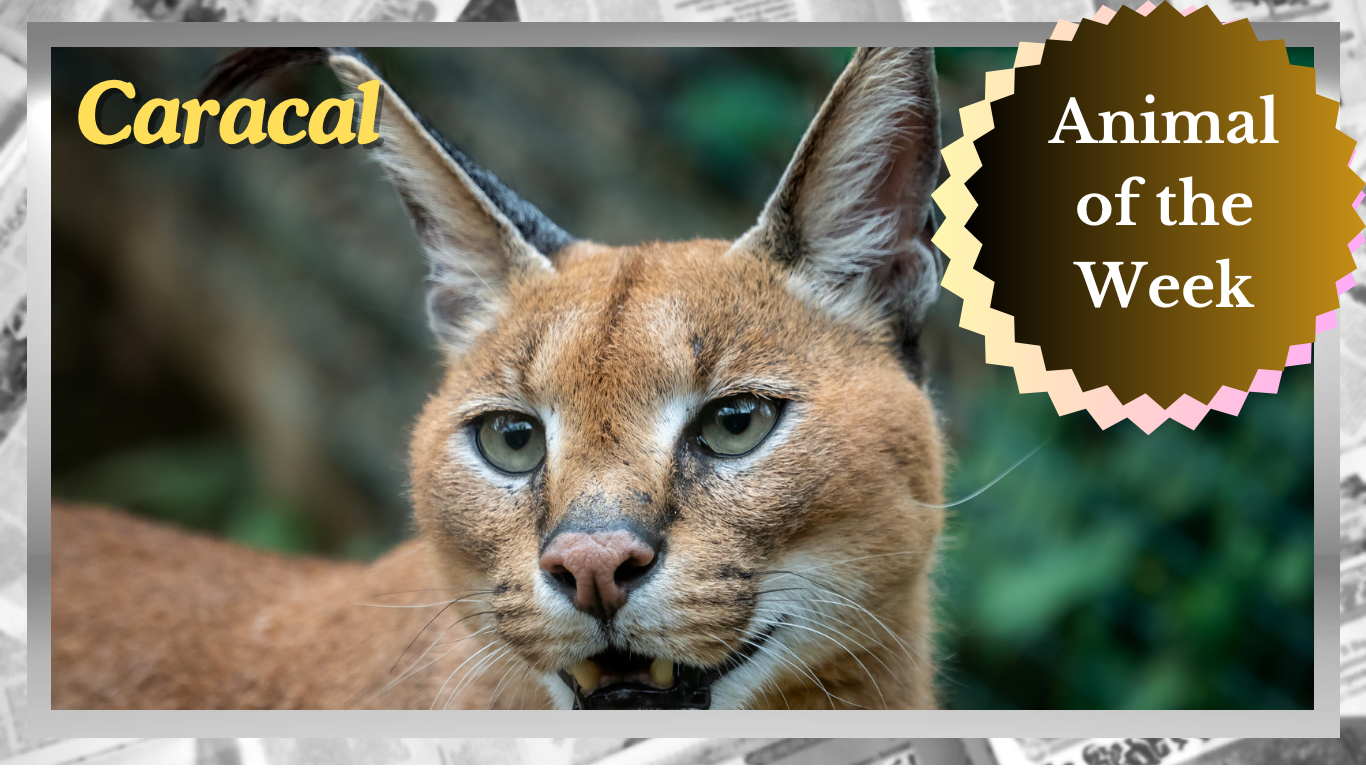The caracal, often called the “desert lynx,” may resemble the lynx but is a unique feline species with its own set of captivating traits. Known for its incredible agility and distinctive features, this cat is found across Africa, the Middle East, and parts of Asia. With tufted ears, sharp senses, and a powerful build, the caracal is both a skillful hunter and a master of adaptation. This article dives into the life of the caracal, exploring what makes this feline a fascinating part of the animal kingdom.
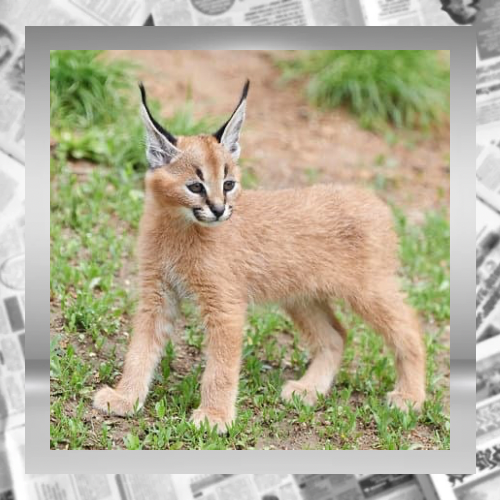
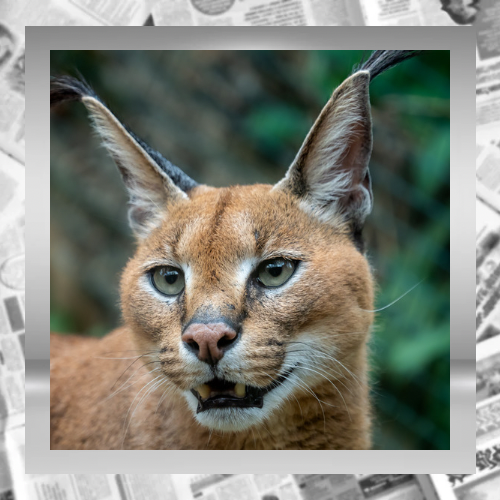
Characteristics and Appearance
A caracal’s sleek and muscular build allows it to be one of the best leapers among wild cats. Medium-sized, with a length between 24-42 inches and a tail reaching up to 12 inches, the caracal weighs between 20 and 40 pounds. Its short, reddish-gold coat helps it blend seamlessly into its arid environment, protecting it from both predators and prey. The most striking feature is its long, black ear tufts, which can measure up to two inches.
While scientists are not certain of the exact purpose of these ear tufts, some believe they may aid in communication by signaling moods or intentions to other caracals. Others suggest that they help break up the caracal’s outline, providing camouflage among tall grasses and bushes. Whatever the reason, the ear tufts give this cat an unmistakable profile.
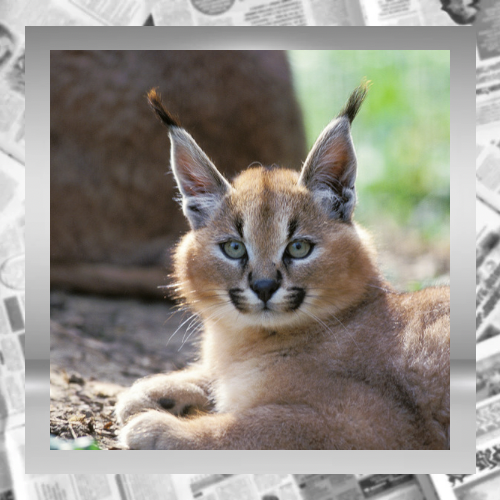
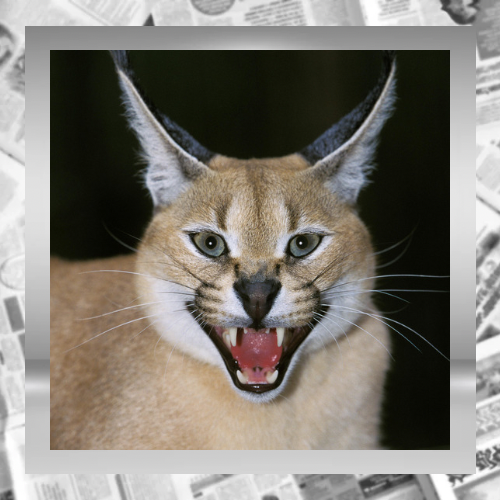
Caracal Hunting Skills
Caracals are solitary hunters, preferring to hunt alone, often under the cover of night. They prey on a wide variety of animals, including birds, rodents, and small to medium-sized mammals. One of their most impressive skills is their ability to leap nearly 10 feet into the air to catch birds mid-flight. This skill requires precise timing and incredible strength, allowing them to take down animals that many other predators might miss.
Their powerful hind legs are designed for explosive jumps and quick sprints, making caracals excellent ambush predators. Unlike other cats that may rely on prolonged chases, caracals typically stalk quietly and strike quickly. They use their claws and sharp canine teeth to capture and deliver a fatal bite to their prey. Despite their relatively small size, caracals can also hunt animals as large as antelope calves, displaying a level of strength and determination rare among cats of similar size.
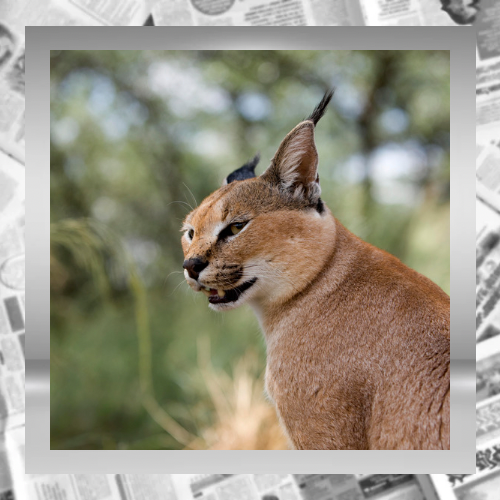
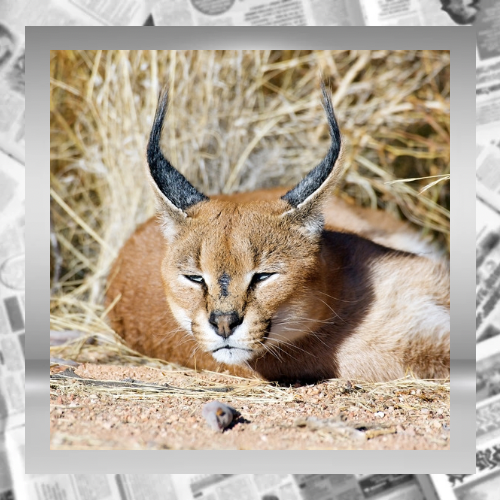
Unique Characteristics and Adaptations
1. Whisker Sensitivity: Caracals have highly sensitive whiskers that help them detect movement and navigate through narrow spaces, especially useful during nighttime hunting.
2. Soundless Movement: These cats have soft, padded paws that allow them to move with almost no sound, increasing their chances of surprising prey.
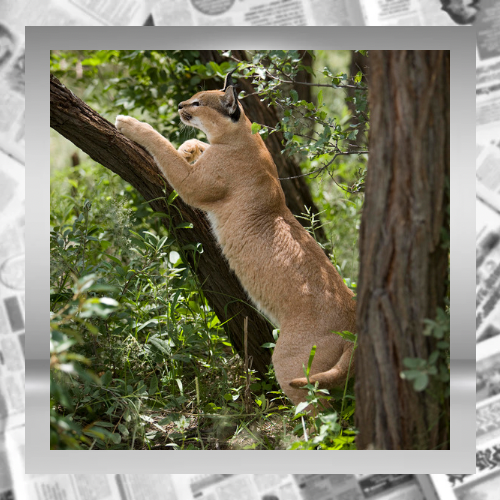
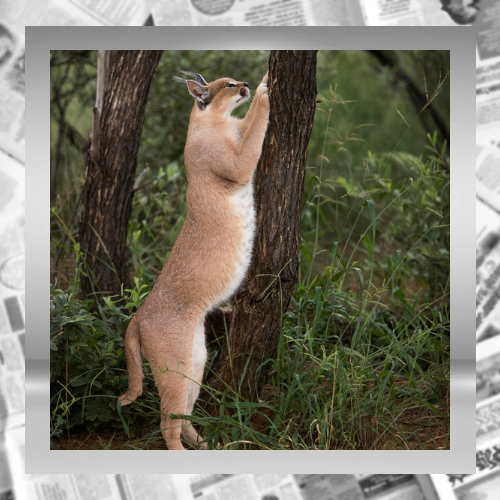
3. Night Vision: Like many nocturnal animals, caracals have excellent night vision. This adaptation makes them well-suited for hunting at dawn, dusk, or night, when many prey animals are active.
4. Wide Range of Habitats: Although caracals are mostly found in savannas and dry forests, they are adaptable and can live in a range of habitats, from desert regions to woodlands and scrublands. Their adaptable nature helps them survive in regions with limited water, as they get most of their moisture from their prey.
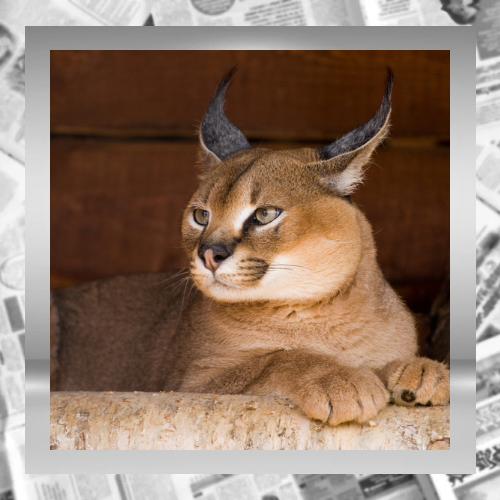
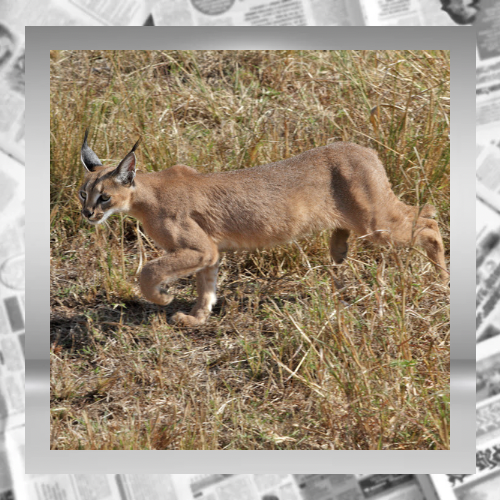
Fun Facts about the Caracal
• Misleading Nickname: The name “desert lynx” is a bit of a misnomer, as caracals are not true lynxes. Unlike lynxes, caracals lack the typical “ruff” of fur around the neck, and their tails are longer and less stubby.
• Exceptional Jumping Ability: Caracals can leap up to three meters (nearly 10 feet) into the air, a skill that is often used to catch multiple birds in a single jump if they’re flying low.
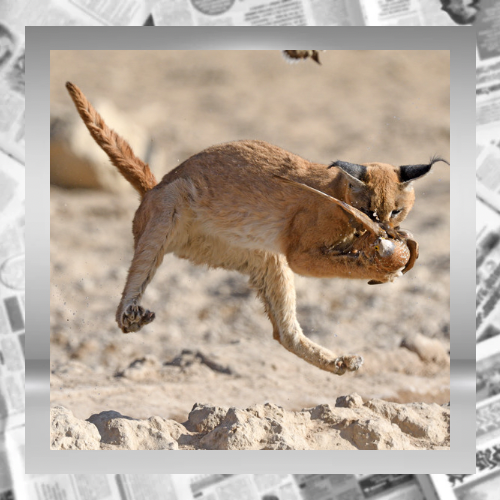
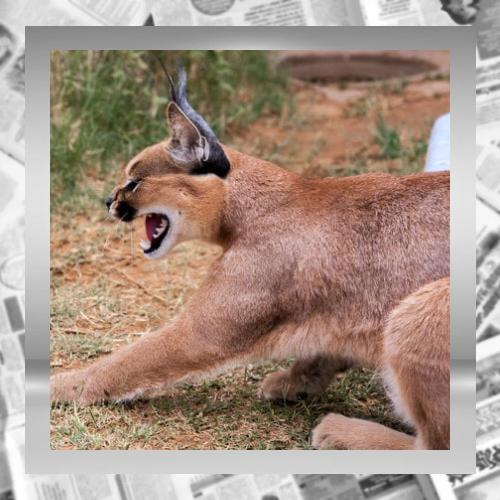
• Historical Association with Royalty: In ancient Egypt, caracals were often kept as pets and associated with nobility. They appear in Egyptian art and were frequently depicted on tombs, symbolizing protection and power.
• Communication: While caracals are generally quiet animals, they communicate through a series of hisses, growls, purrs, and meows, using vocalizations sparingly to reduce the chances of alerting potential predators or prey.
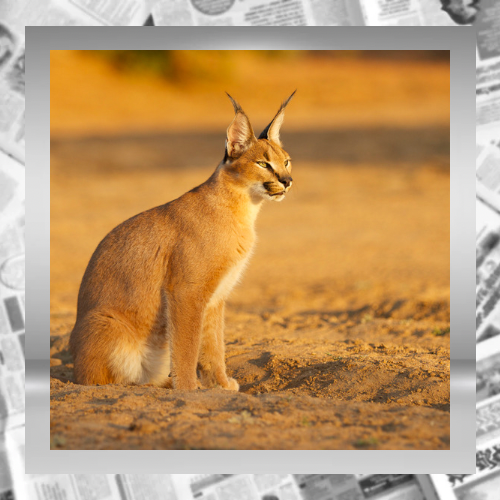
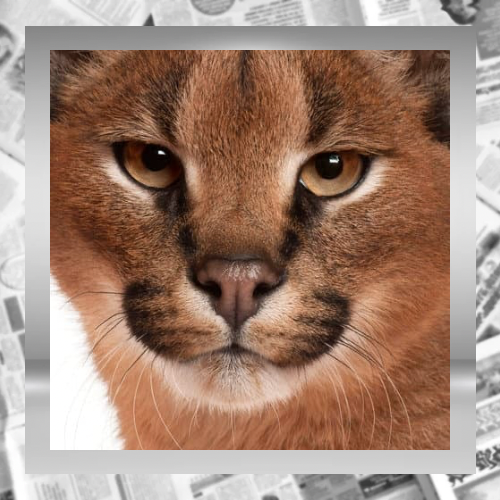
• Bird-Catching Contests: Historically, caracals were used in Persia and India for bird-catching contests. Kings and emperors enjoyed watching these cats’ agility as they chased down birds for sport.
Conservation and Challenges
Caracals currently face several threats, primarily habitat loss and human conflict. In agricultural areas, caracals are sometimes hunted by farmers who view them as a threat to livestock, particularly poultry. Though they are generally more interested in wild prey, caracals will hunt domestic animals when other food sources are scarce.
Caracals are classified as “Least Concern” on the IUCN Red List, meaning they are not immediately endangered. Their wide range and adaptability contribute to their resilience, yet growing human populations and habitat fragmentation pose ongoing risks. Conservation efforts focus on educating farmers and promoting cohabitation practices, reducing the need for lethal measures against these cats.
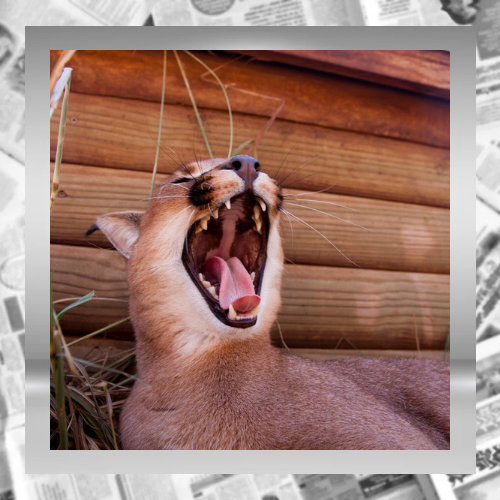
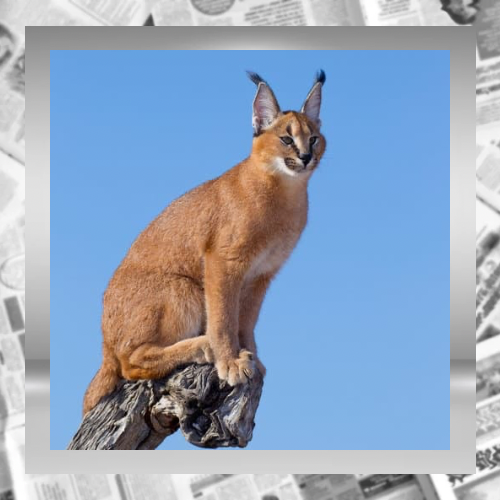
The Future of the Caracal
With continued efforts to promote awareness and protect their habitats, caracals may continue to thrive across their range. Known for their agility, striking looks, and adaptable nature, they remain a symbol of the beauty and diversity found in the wild.
References
1. Sunquist, Mel, and Fiona Sunquist. Wild Cats of the World. University of Chicago Press, 2002.
2. Nowell, Kristin, and Peter Jackson. Wild Cats: Status Survey and Conservation Action Plan. IUCN, 1996.
3. Apps, Peter. Wild Ways: Field Guide to the Behaviour of Southern African Mammals. Southern Book Publishers, 2000.
